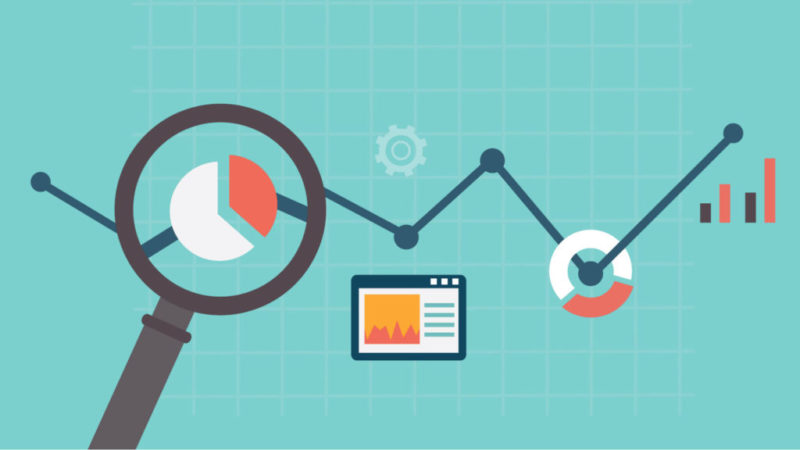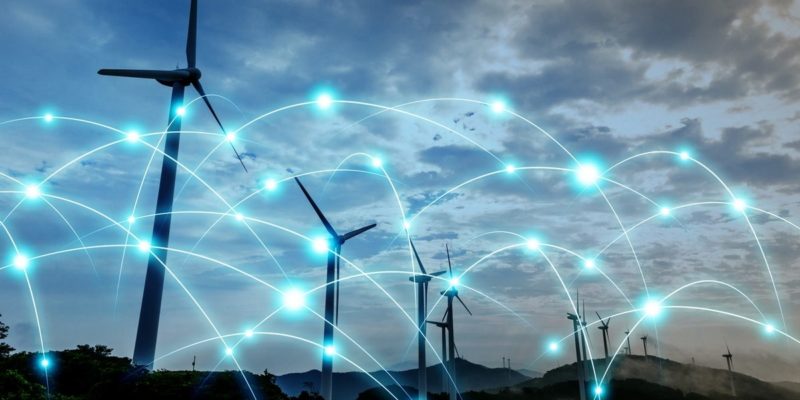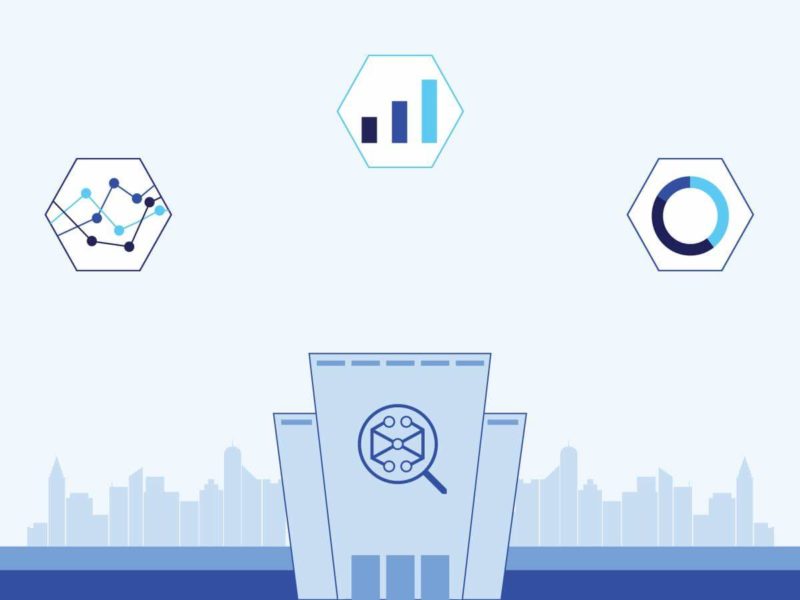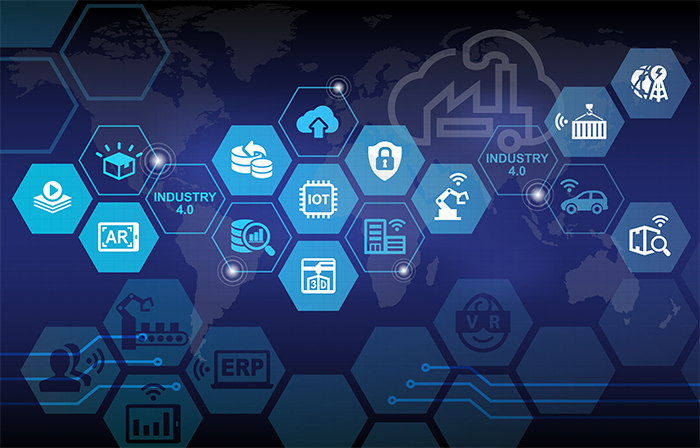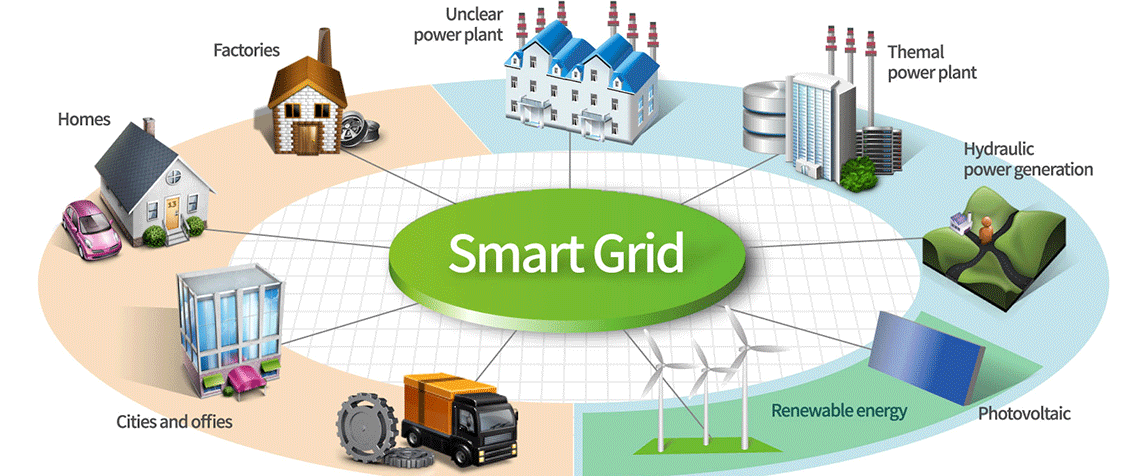
The electric utilities sector has great potential to embrace artificial intelligence in the coming years. At every step of the value chain, from power generation to end consumers, opportunities for machine learning, robotics, and decision-making automation exist that could help electric utilities better predict supply and demand, balance the grid in real time, reduce downtime, maximize yield, and improve end-users’ experience.
Challenges:
The increasing deployment of renewable energy sources has introduced significant volatility in energy supply, with variation of up to 60 percent. Demand also fluctuates dramatically and frequently by time and by region, with weather and events such as the Super Bowl creating demand peaks sometimes for period of less than an hour. Following an investment wave during the 1970s and 1980s, transmission and distribution companies, under financial constraints and regulatory requirements to hold down costs and rates, put far less money into improving their networks over the following decades. As a result, current energy grids are ill-equipped to smooth out these spikes, and excess power is regularly lost at top dollar.
The increasingly complex network of stakeholders and assets, combined with aging critical capital assets, highly uncertain demand and supply, non-linear power loads, cost pressures, and price deregulation, is engineering real momentum for artificial intelligence and robotics.
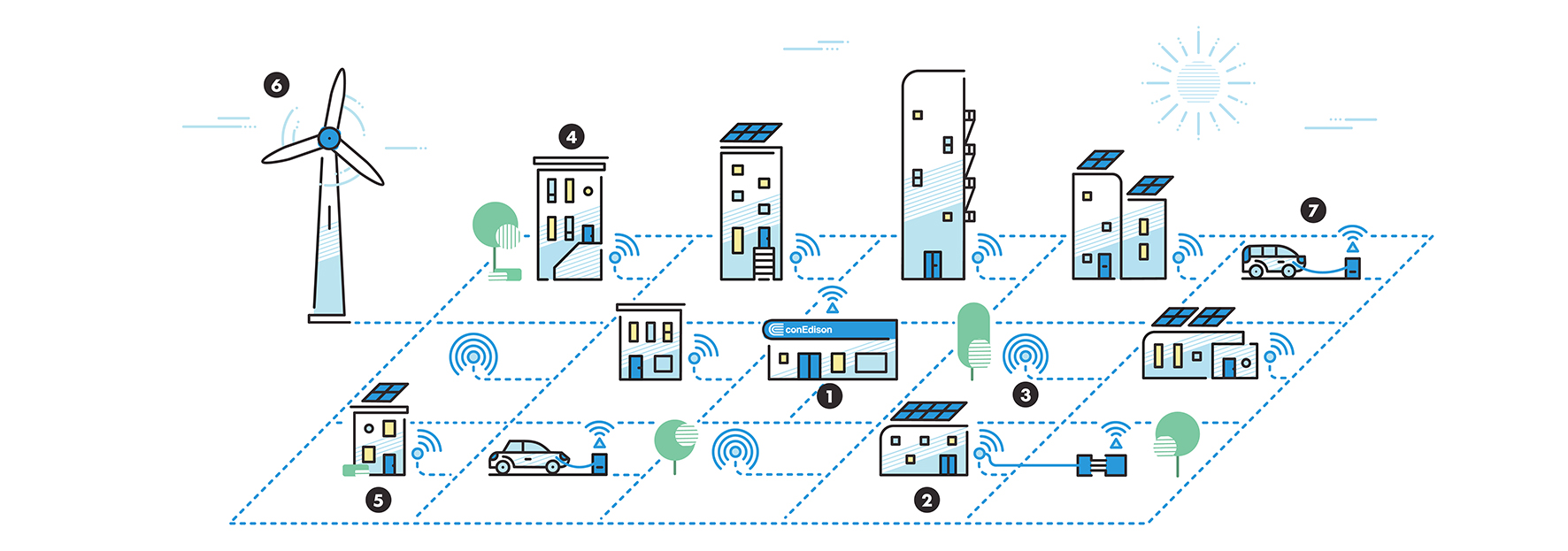
Business Benefits
Machine learning applications have the power to tailor electricity prices based on the large volume of data currently being provided by the growing number of smart meters and other devices and sensors. In the future, if regulators allow dynamic tariffs, utilities could adopt machine learning–based dynamic pricing that would permit them to protect their margins and reduce customer churn while maximizing their assets. For instance, they could use time-of-day pricing to encourage customers to shift nonessential consumption to earlier in the morning or later in the evening, when demand is lower.
Energy retailers also would be able to use AI to create custom benefits such as low rates or extra service in order to hold on to their most valuable, high-volume clients. While price sensitivity is a key consideration in attracting new customers and reducing churn, machine learning can also help address another critical component for utilities’ marketing strategies, that is, identifying which customers are the most profitable.
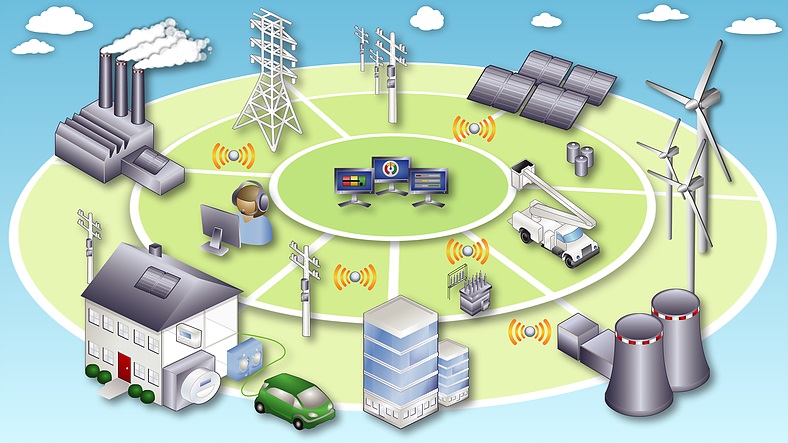
The emergence of smart grids around the world also creates an opportunity for AI to support energy trading, not only for utilities but also for “prosumers,” consumers who will be able to sell excess power back to grid operators. Data and analytics are transforming the way markets connect sellers and buyers for many products and services, and this holds particularly true for grid operators. “Hyperscale” digital platforms can have a notable impact as electricity demand and supply fluctuate frequently. AI can help produce better and faster matches. AI-powered hyperscale platforms could transform energy markets by enabling smart grids to deliver distributed energy from many small producers. In the Netherlands, some startups are using the peer-to-peer model to match individual households directly with small providers (such as farmers) who produce excess energy. Vandebron, for instance, charges a fixed subscription fee to connect consumers with renewable energy providers; in 2016, this service provided electricity to about 80,000 Dutch households. Utilities could also inform their purchases and sales for trading activities on liquid, unpredictable over-thecounter markets or through more reliable power-purchasing agreements.
The Future:
Employing AI opens a vista of possibilities for the electricity sector. It may lead to a world where power generation, distribution, and transmission operations are automatically optimized, where the grid is balanced independently of any human interventions, where trading and arbitrage decisions are made in nanoseconds at a scale that only machines could tackle, and where end-users never have to worry about searching for a better supplier or changing the temperature manually.
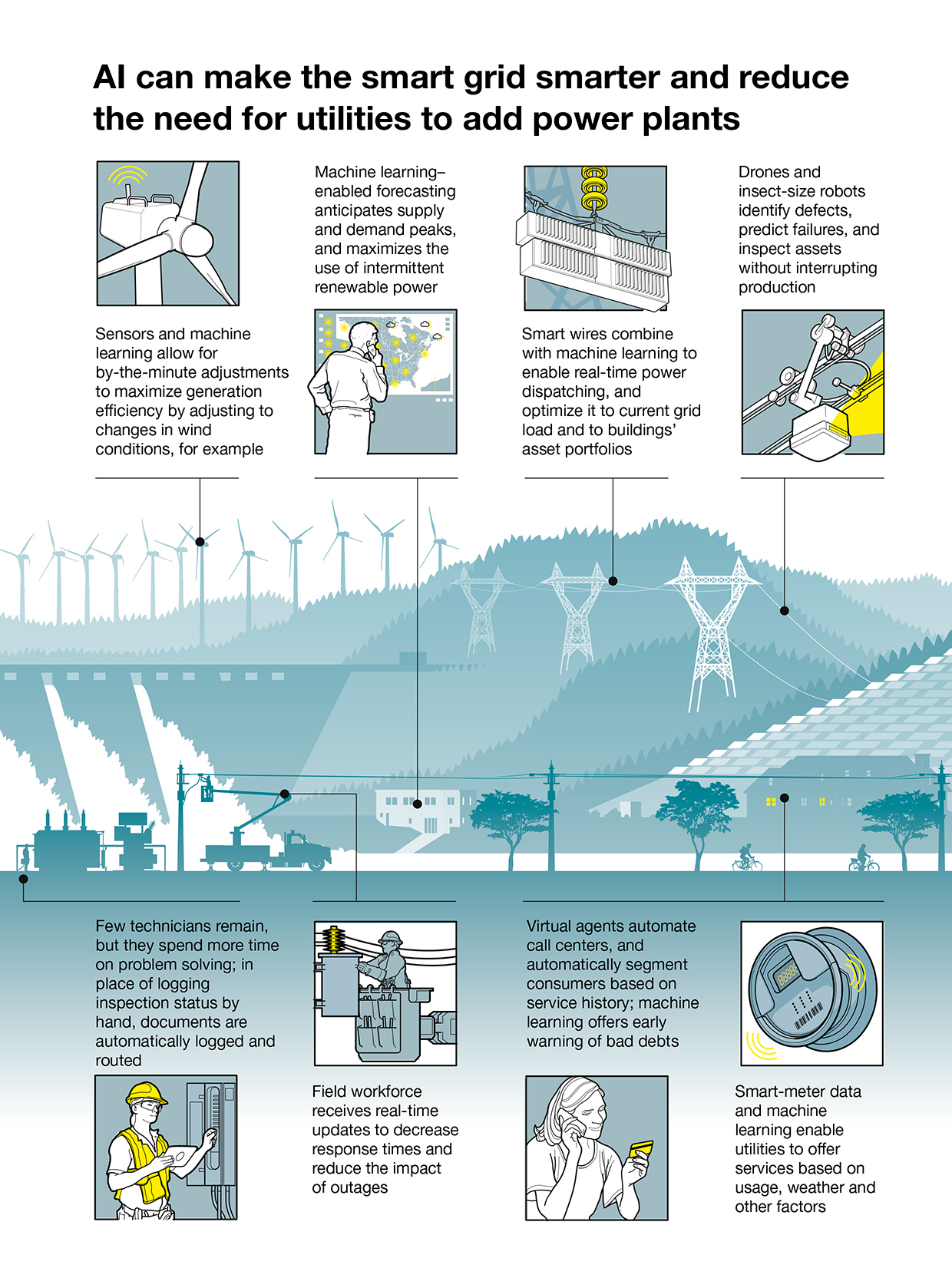
* McKinsey Global Institute – Artificial Intelligence: the next digital frontier?


